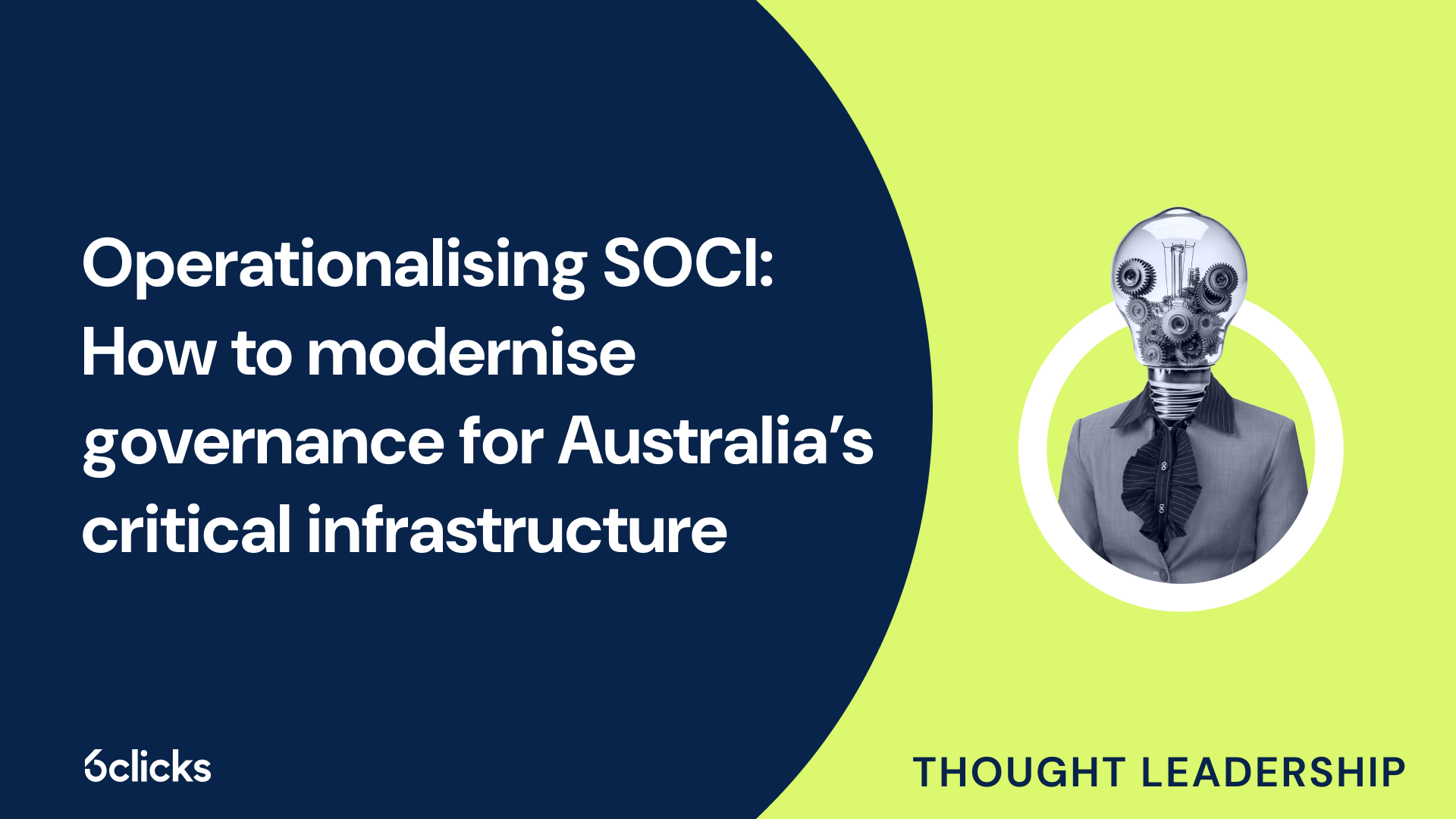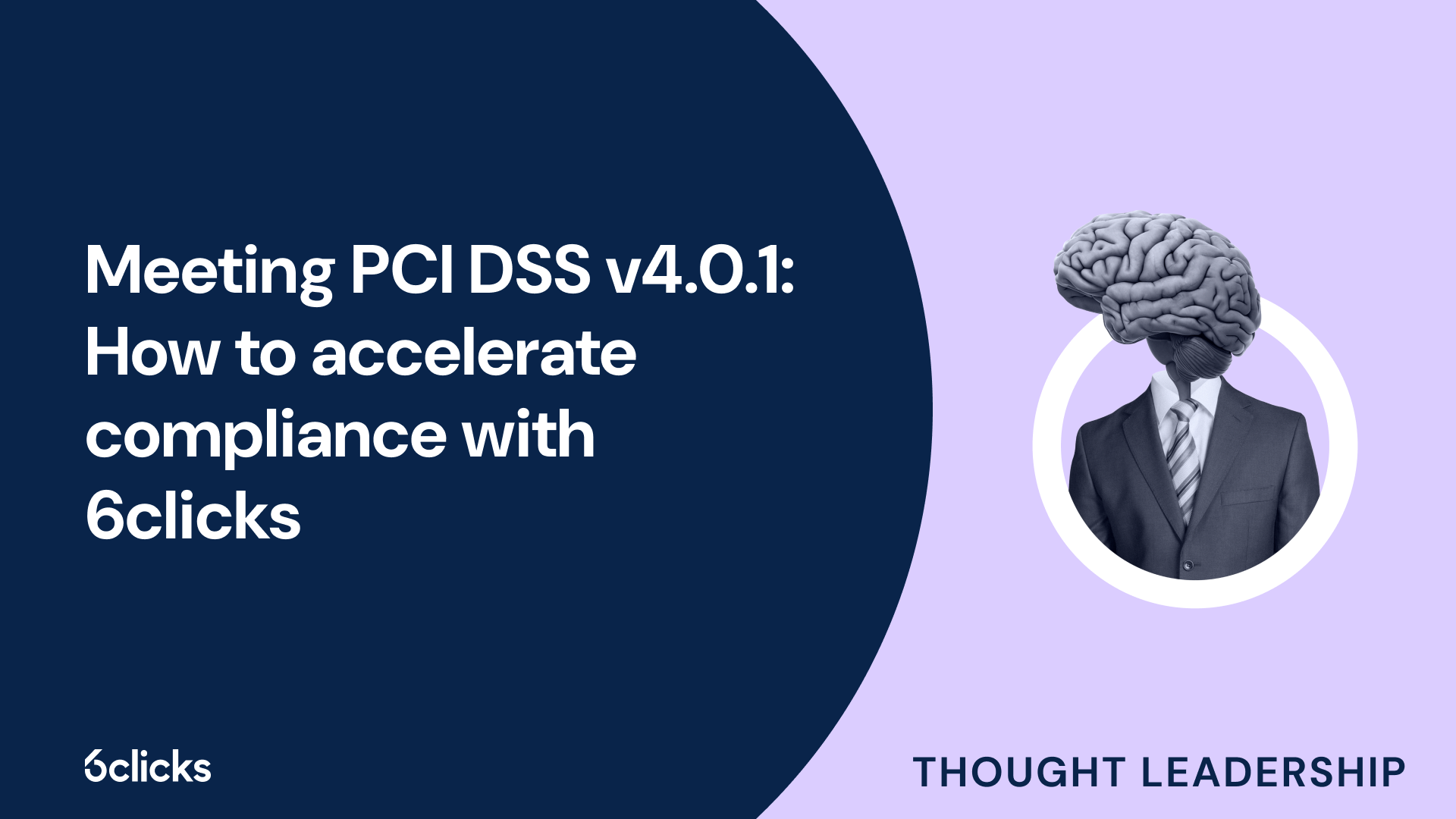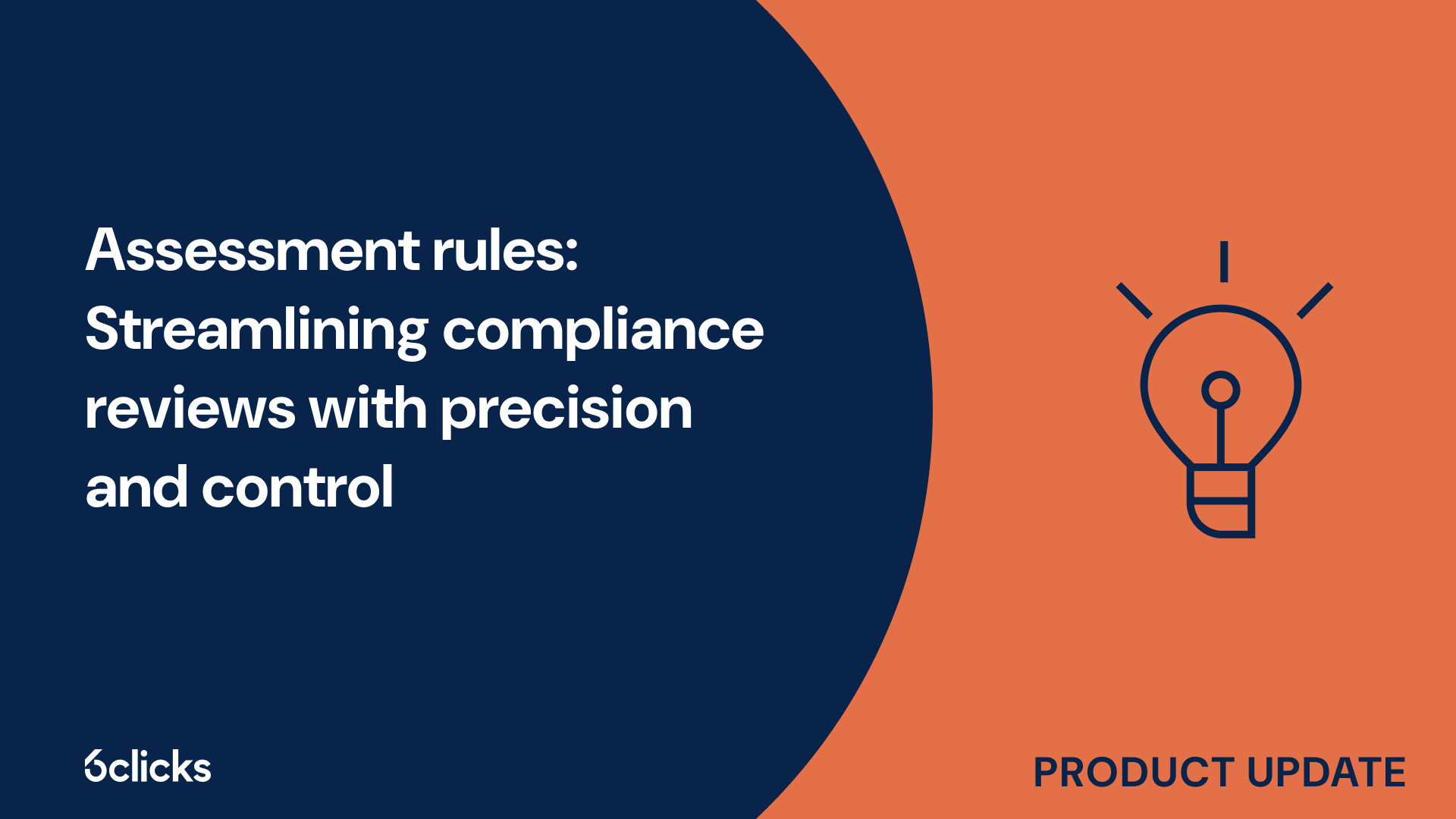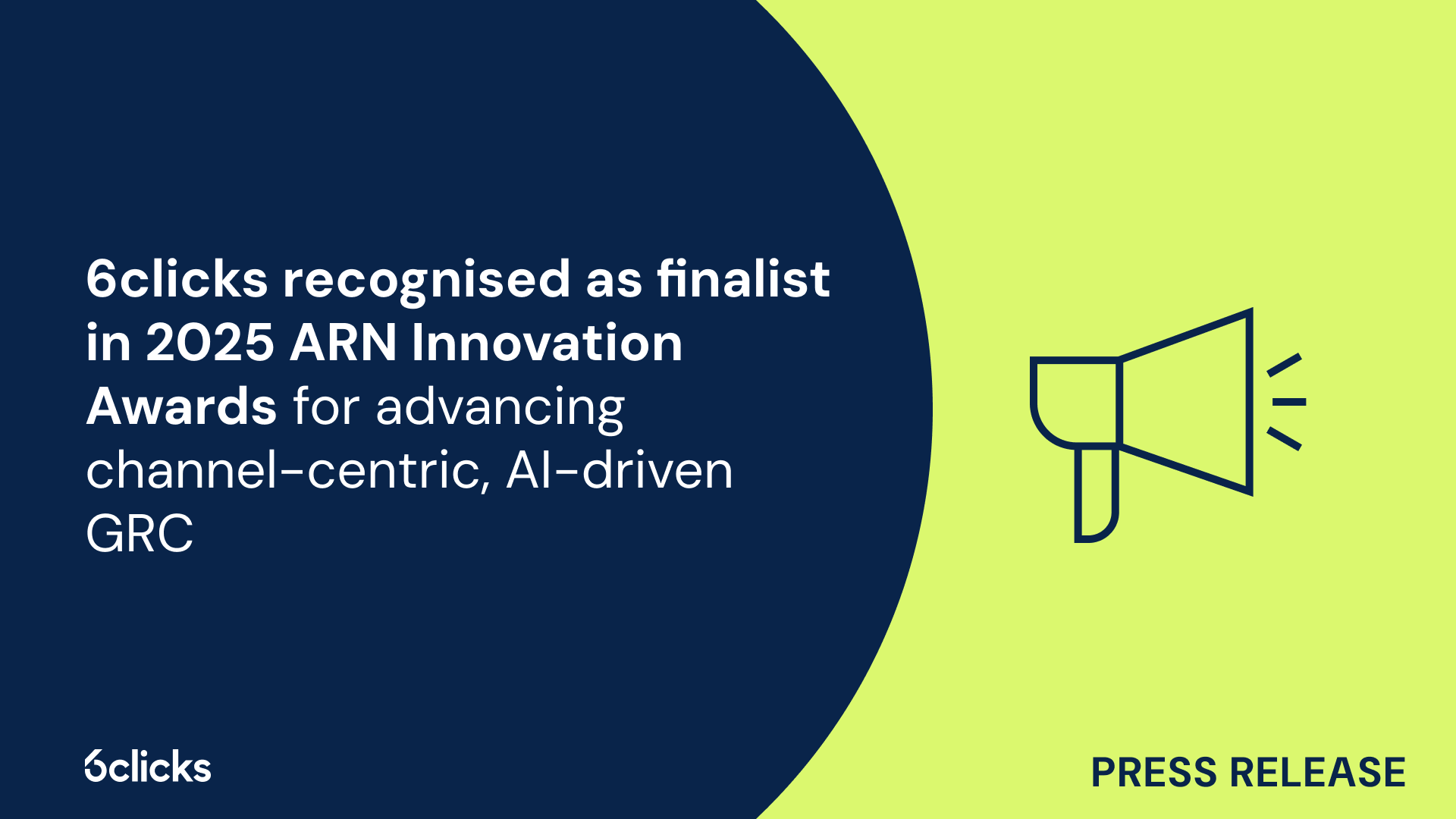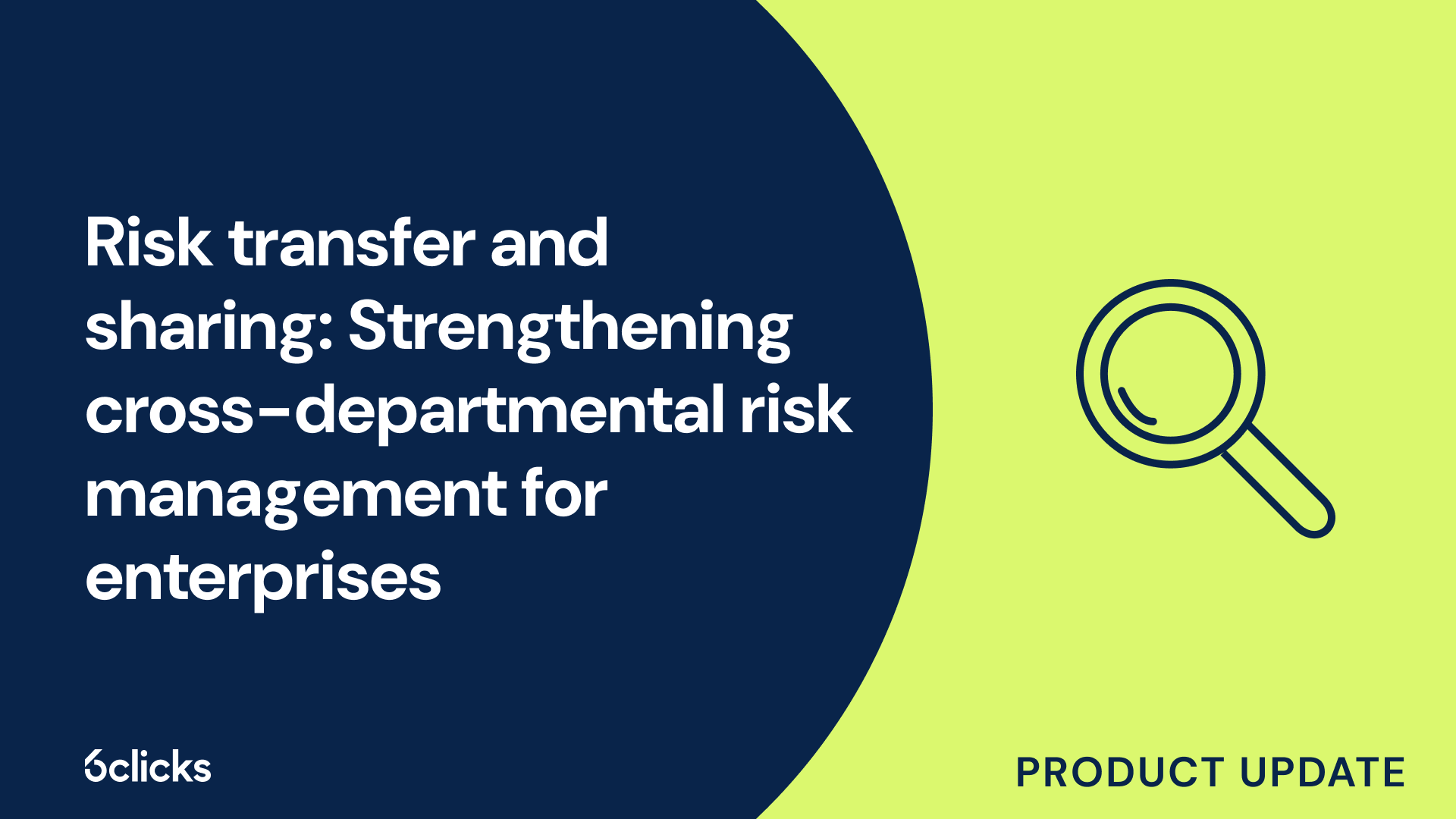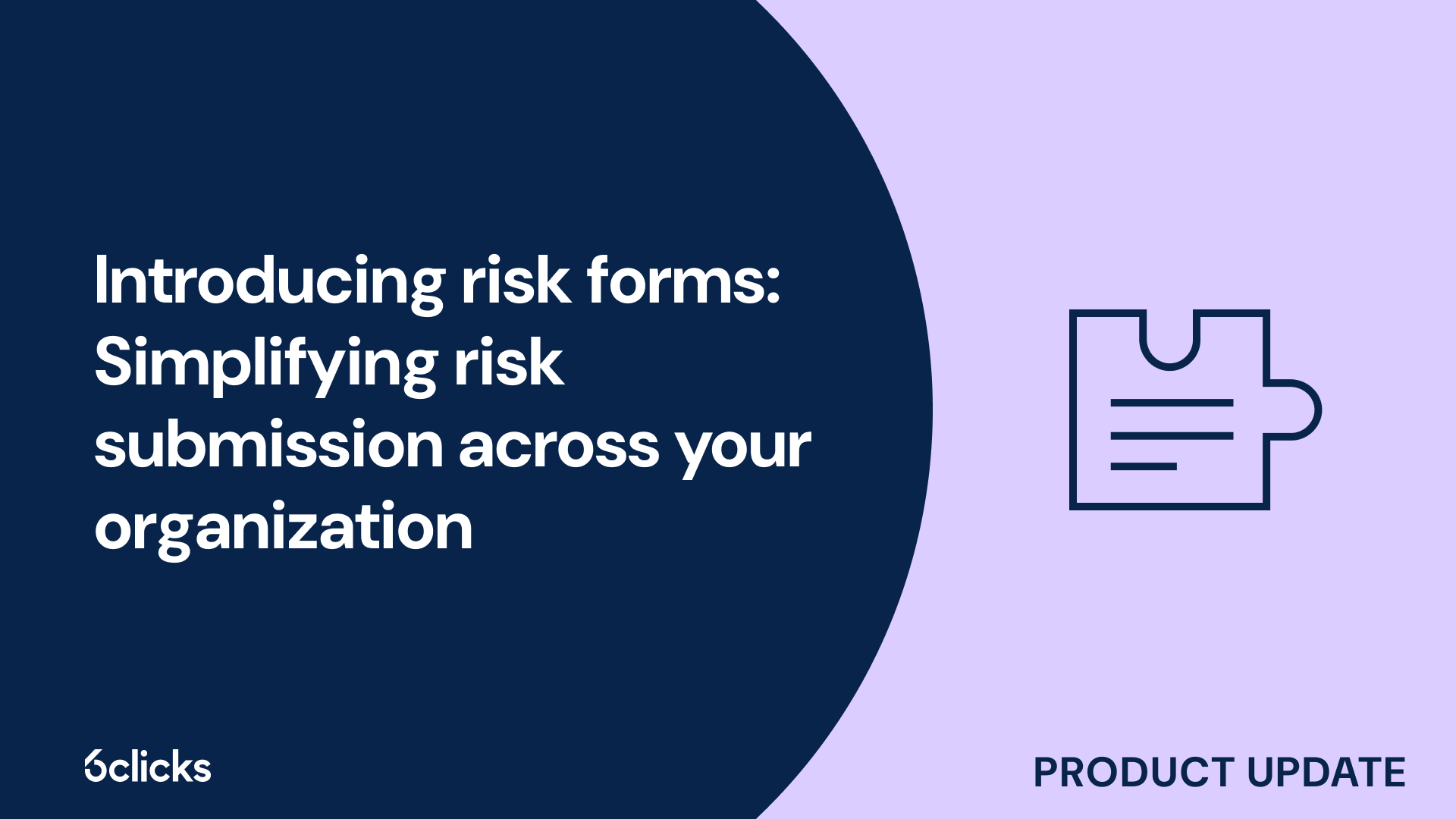The GRC buyer’s guide for 2025: Building resilience with AI-powered, federated solutions
Discover the ultimate GRC buyer's guide for 2025! Uncover how AI-powered, federated solutions transform compliance and security management for industries like government, aerospace, banking, and more. Learn about centralized control, continuous compliance, and advanced cyber GRC capabilities. Download now!
-1.png?width=200&height=249&name=Group%20193%20(1)-1.png)
The GRC buyer’s guide for 2025: Building resilience with AI-powered, federated solutions
Yes, the Protective Security Policy Framework (PSPF) is mandatory for non-corporate Commonwealth entities. The PSPF outlines the minimum security requirements for the protection of Commonwealth assets, personnel, information and systems. The PSPF is developed and maintained by the Attorney-General's Department and applies to all non-corporate Commonwealth entities.
It is mandatory for all non-corporate Commonwealth entities to comply with the PSPF in order to protect Commonwealth assets, personnel, information and systems. The PSPF is supported by the Australian Government Security Vetting Agency, which provides security clearances to personnel within the Commonwealth and provides advice and guidance on the implementation of the PSPF.
In addition to the PSPF, non-corporate Commonwealth entities must also report to their portfolio minister and the Attorney-General's Department each financial year on security. This is to ensure that the security of Commonwealth assets, personnel, information and systems is maintained and that any breaches of the PSPF are reported and addressed.


